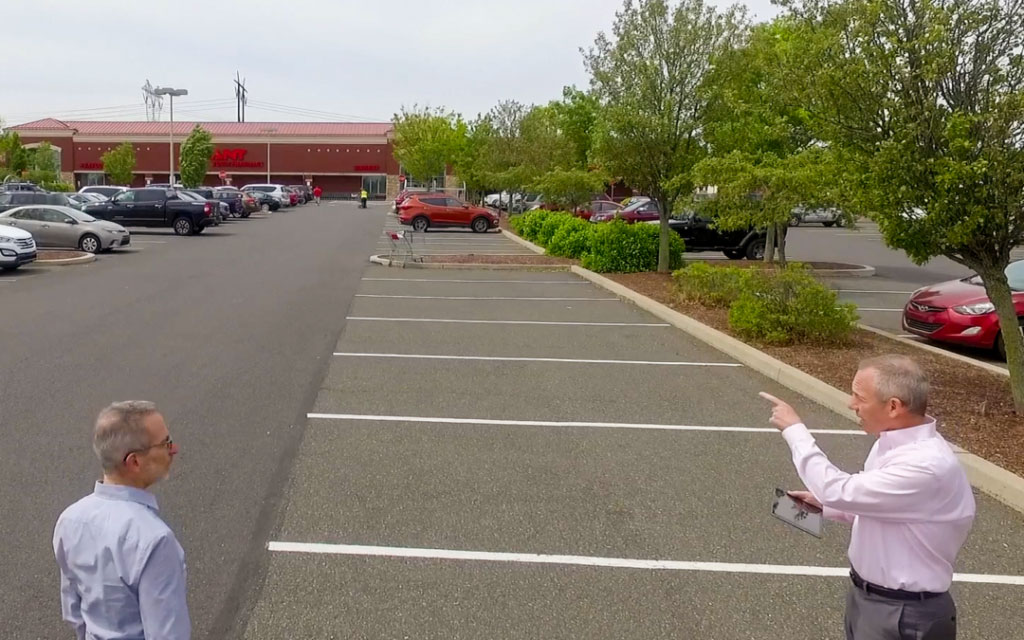Back when national retail and restaurant chains were blanketing the country with hundreds of stores, hunches occasionally played a role in real estate site-selection. As part of an East Coast rollout, an up-and-coming chain could open three or four new locations in each of several metro areas. If hard data on traffic, sales, demographics and the like happened to be a bit scarce, it wasn’t the end of the world: The real estate team could drive the neighborhood, eyeball traffic trends, chat with brokers, and eventually pull the trigger on a specific site.
Today, few parts of the real estate site-selection process are based on gut instinct. Grocers, retailers, restaurants, coffee shops and other operators are laser-focused on empirical data—and they want to work with commercial real estate brokers that are every bit as data driven.
But while it might sound counterintuitive, today’s emphasis on hard data in some ways underscores the traditional hallmarks of a high-performing retail brokerage firm—things like local-market expertise, extensive real estate contacts and a willingness to pound the pavement to find hidden opportunities.
REAL ESTATE SITE SELECTION: ‘HEAT MAPS’ ARE HOTTER THAN EVER
Consider what has been happening in the Greater Philly submarket of Montgomeryville. In our recent talks with retailers and restaurants seeking to expand in this area, we find that many of them are focused on a highly specific stretch of road—Pennsylvania Route 309 between North Wales Road and Upper State Road. In many cases, even prospective sites that are just a bit outside of this coveted stretch are seen as less desirable by the client.
The reason is simple: When you use the likes of Placer.AI to gain visibility into site-specific traffic and visitation data (based on anonymous cellphone signals), that stretch of road stands out as the hottest part of the heat map. In addition to location data, Equity Retail Brokers and our regional and national clients rely on a raft of additional sources for insights into cotenants, employers, demographics, psychographics, market trends, government incentives/investments, and much more.
These sources are reliable and consistent. They all point to the same places. As a result, regional and national chains are now flocking to precisely those areas where it is hardest to find an empty storefront with a huge “For Lease” sign on the front window.
Even the most advanced data-collection methodologies cannot reveal which retailers have told the landlord they’re willing to vacate the space and bring in a replacement tenant. Artificial Intelligence (AI) algorithms cannot chat—at least not yet—with local landlords about leasing opportunities that aren’t in any brochure or listing.
Just the other day, we had a conversation with a landlord who was contemplating a major tenant shakeup at the shopping center—a move that could translate into an ideal opening for one of our retail clients. This kind of human intelligence continues to be a relevant way for tenant-rep brokers to achieve success in retail site selection.
SWEAT EQUITY IN RETAIL SITE SELECTION
The tenant reps at Equity Retail Brokers understand the value of sweat equity—continually reaching out to landlords and listing brokers to find out what’s happening in the marketplace. Our agents are always on the lookout for information that could translate into site-selection opportunities for retailers, restaurants and other operators. We train our new hires, for instance, to ask landlords about tenants that, for one reason or another, may have missed a rental payment or switched to month-to-month. At a higher level, we carefully watch retailer performance results to identify operators that may be on the cusp of bankruptcy (the resulting store closures, after all, could translate into retail site-selection opportunities for our expanding clients).
None of this is to suggest a one-or-zero choice between data, on the one hand, and human intelligence, on the other. Our view is that all tools should be enlisted in the race for the best sites.
Filled with data and analysis, retailers’ packages about prospective sites are getting thicker by the day. Now that chains are rolling out fewer stores based on more stringent criteria, every location is essentially competing with its counterparts across the country—not just in the local market.
Our view is that if tenant rep brokers want to suggest high-growth sites that are outside of those hottest parts of the heat map, they need to back up their recommendations with lots of empirical data. It’s why we subscribe to multiple services and have rolled out the latest real estate software for our agents.
It gives us the ability to analyze markets like Philadelphia, southeastern Pennsylvania or southern New Jersey to identify and evaluate sites that meet our clients’ standard criteria. If, from a data standpoint, two of those sites happen to be essentially equal, we can then leverage our knowledge and experience—human intel—to tip the scale.
Maybe one of those storefronts is hard to see, while the other is front-and-center in your visual field when you drive the main artery. Or maybe our landlord conversations reveal that a new-to-market anchor is about to sign a letter-of-intent at one of the centers but not the other.
In training our junior tenant rep brokers, we get them up to speed on the latest and greatest in real estate technology, to be sure, but we also give them advice that would have rung true back in the 1980s:
Sitting at your desk won’t do. As a tenant rep broker, you need to get out there and manufacture opportunities on behalf of your clients.
Equity Retail Brokers routinely assists grocers, retailers, restaurants, service tenants and others with the site-selection process. Please contact us today for more information.

